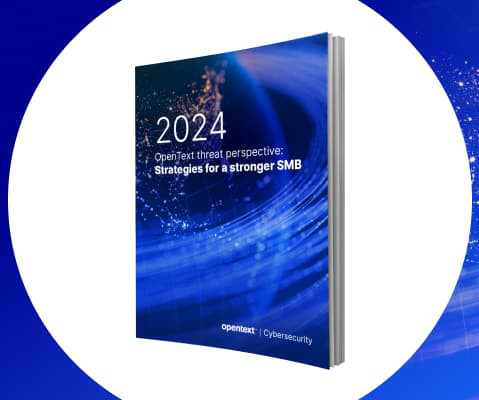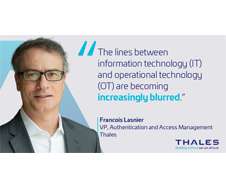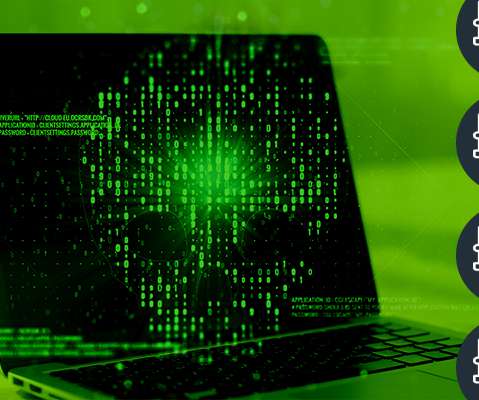Key Insights from the OpenText 2024 Threat Perspective
Webroot
MAY 6, 2024
As we navigate through 2024, the cyber threat landscape continues to evolve, bringing new challenges for both businesses and individual consumers. The latest OpenText Threat Report provides insight into these changes, offering vital insights that help us prepare and protect ourselves against emerging threats.












Let's personalize your content